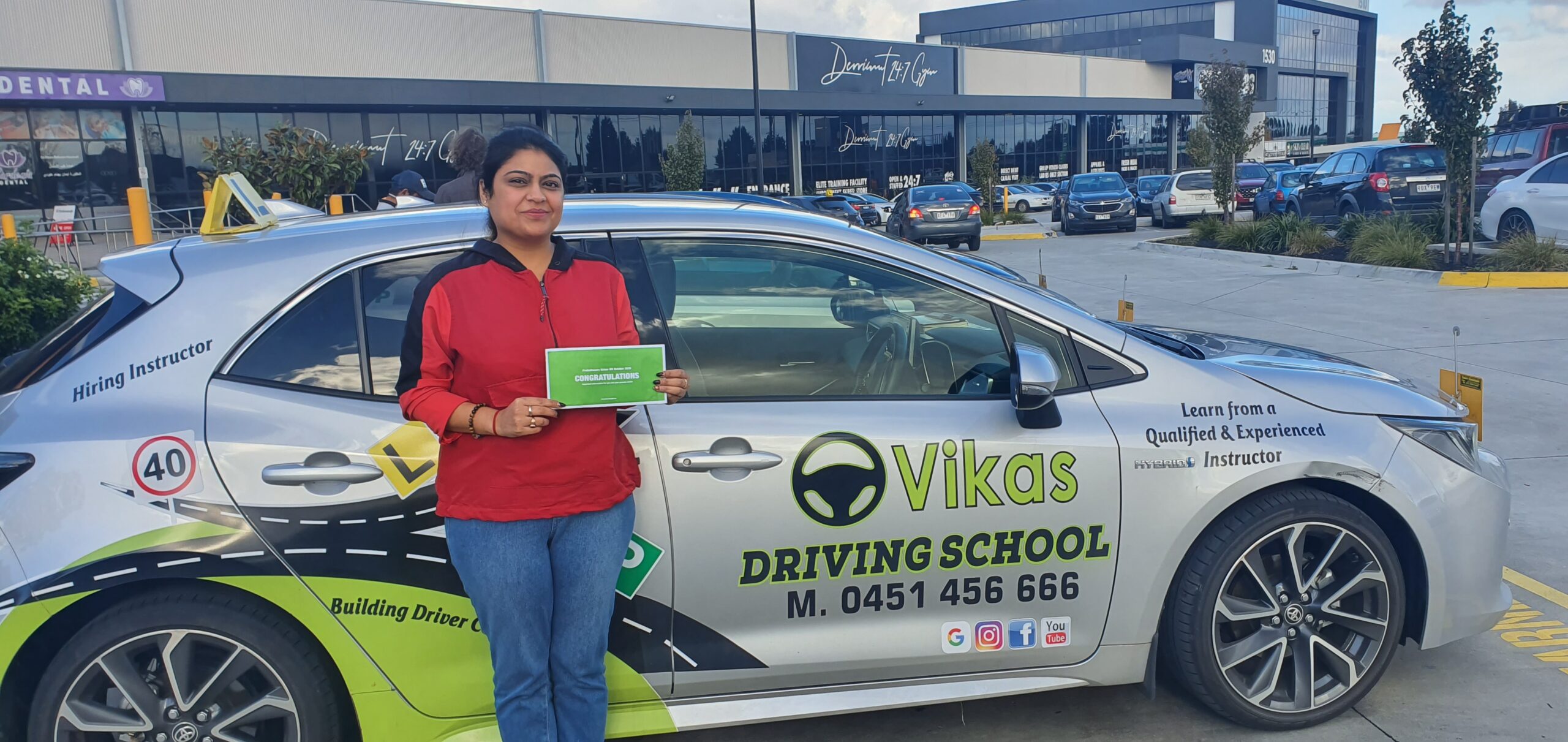Before driving, make sure your trip is necessary. When you drive, your safety and the safety of the public depends a lot on what you do before you drive. This includes adjusting the seat and mirrors, using seat belts, checking the vehicle, keeping a clear view and making sure there are no loose objects in the vehicle that could be dangerous. For a complete guide on how you can maintain your car and what equipment you need before going on a trip you can get help from driving school in Melbourne.
Travel planning
Driving costs are not going down, but there are ways to reduce driving costs. First, determine your general shipping needs. Before each trip, decide if it is necessary. If so, there are times when you don’t even need to drive. You can go with another person or you can take public transport if available.
The best way to extend the life of your car and save fuel is to use it as little as possible. Planning trips can make your life easier and shorten your driving time.
Take public transport if possible.
- Avoid driving in heavy traffic. This will cause more damage to you and the car.
- If possible, use carpools.
- Plan and combine your trips. Make a list of things you need and places you need to go. Go to as many places as possible on each trip. Find the shortest distance between places.
- Call ahead to make sure what you need is available or ready for pickup.
Check your vehicle
How you drive safely starts with the condition of what you’re driving. It is the duty of drivers to ensure that the vehicles they drive are safe. A car in bad condition is unsafe and more expensive to run than a well-maintained car. It may break or cause a crash. Additionally, if the vehicle is in poor condition, you may not be able to get out of an emergency. A car in good condition can give you an extra margin of safety if you need it, and you never know when you might need it.
Brake system
Cars and trucks need two separate braking systems, a foot brake and a parking brake. Motorcycles and mopeds need at least one. If they are damaged, it can be quite dangerous. If you find that they are not working properly, are making noise, have an unusual smell, or the brake pedal is going to the floor, have it checked by a mechanic.
Lights
Make sure your turn signals, brake lights, tail lights and headlights are working properly. It must be checked from the outside of the car. Brake lights let other road users know you’re stopping, and turn signals let them know you’re turning. All cars and trucks need two headlights at the front of the car: one on the right and one on the left. You also need at least one red light on the back of the car. Must be visible at least 500 feet. A white light is also needed to illuminate the rear license plate.
Windshield, wiper and clear glass plate
It is important that you can see clearly through all windows, including the windshield, and using your mirrors. Here are some things that might help.
- Broken glass is more prone to breaking in small collisions or when someone hits the windshield. It can also obscure vision. Replace the windshield if damaged.
- Melbourne law requires tinted windshields and windows on the driver’s right or left side to let in 70 percent of the light.
- Rain and snow are kept off the windshield by windshield wipers. Ensure if they are working before using them.
- Keep the windshield clean. Bright sunlight or dirty lights on the windshield can impair visibility. Carry liquid cleaner and a paper or dust towel with you to clean your windshield if necessary.
- Keep the window cleaner bottle full. In areas where the temperature may be below freezing, use antifreeze. .
- Keep headlights, backup, brake and tail lights clean. Dirt on the lenses can reduce light efficiency by 50 percent.
Engine
A poorly tuned engine may lose power that is needed for normal driving and emergencies; may not start; gets poor fuel economy; pollutes the air; and could stall on you when you are on the road causing a traffic problem. Follow the instructions recommended in the owner’s handbook for maintenance.
Tires
Worn or defective tires can increase braking distance and make turning on wet roads more difficult. Unbalanced tires and low pressure cause faster tire wear, more fuel consumption and make the vehicle harder to steer and stop. Worn tires can cause “hydroplaning” and increase the likelihood of a flat tire while driving. When the tires are cold, check the tire pressure with a pressure gauge. For the proper pressure, review your vehicle’s manual.
Steering System
If the steering wheel is not working properly, it is difficult to control the direction you want to go. If the vehicle is difficult to turn, have the steering wheel checked by a mechanic.
Keeping in mind all the necessary check ups there are few more things that need inspection like suspension system, exhaust system, horn, loose objects etc. To keep track of everything and cover all the driving tips, you can get in touch with Vikas Driving School Melbourne, where our certified instructors are available 24/4 to help you become a responsive driver in Melbourne.

